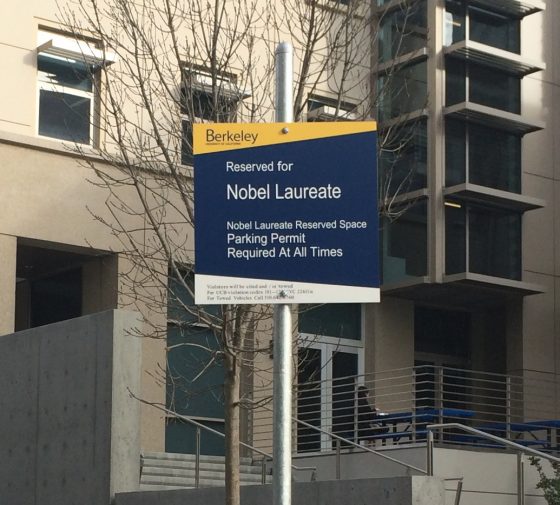The biggest stumbling block in education research is its lack of replicability. In science, the same amount of vinegar plus the same amount of baking soda gives you the same result—and the same-sized result—no matter who does the experiment. But take someone else’s methods and teaching materials, implement them the exact same way the first experimenter did, and you will likely get nothing even close to the same result.
A happy exception to this “it’s never the same” rule occurred in the 90s, when a number of studies showed, time after time, there was a way to significantly improve student learning—and it had nothing to do with changing curriculum, retraining teachers, or extending the school day. This swath of studies showed, beyond a reasonable doubt, that the best way to improve student learning—especially in grades K-3—is to follow the magic recipe of 15 students or less with one teacher in one classroom. Do that, and great things happen.
What has happened to this rare pillar of education reform? Well, not much. Once the magic recipe was discovered, administrators scoffed at the idea of dropping class size that low. For that matter, so did taxpayers, who didn’t take long to realize that lower class size meant more classrooms and more teachers—and both cost more money. As a result, education has largely turned its back on this piece of magic, except for some not-so-clever administrators who believe they can keep 30 kids in one classroom with a teacher and an aide and still maintain the ratio.
Since all three parts must be honored, this would be like doubling the baking soda and eggs in a cookie recipe without increasing the amount of flour. You get something different, but you don’t get better cookies. The magic recipe failed on its promise to deliver because the people in charge of schools—administrators and taxpayers—decided the change wasn’t worth the cost, offering instead some sleight of hand with ratios that satisfied most everyone, largely because Americans really don’t understand mathematics.
The leaders of our higher education systems are on the verge of making a similar error, with far more serious consequences. It’s no secret that the birthrate in the US declined about 20 years ago, and is headed for a serious nose dive of the number of high school graduates in about 2025. Since this isn’t exactly new news, one would think colleges would be looking at these numbers and saying something like “Fewer high school graduates means fewer college freshmen. What should we do about it?”
Like the K-12 class size issue, the answer here is pretty easy. No every high school senior goes to college right after high school, so there’s plenty of room to increase the number of college-bound seniors, and still maintain strong college enrollments. The trick here lies in talking to students who don’t see college as part of their futures, and getting them to change their minds. If every high school student already went straight to college, this couldn’t be done; but that just isn’t the case.
As is often the case with answers that appear easy, this one has at least one major snag. A very close read of most college recruiting literature shows it’s based on one big assumption; the student or family reading the literature is already convinced a four-year college is the answer for them, and they now simply need to sort out which ones they’ll consider. They know about testing and application essays and degree requirements and different application deadlines, so it isn’t a question of “If College”. It’s a question of “What College”.
Any student unsure about the benefits of four-year colleges would look at this admissions information and feel like they’ve walked into the middle of a three-hour movie; they know they have some catching up to do, but no one seems to want to help them, since they’re too busy watching the movie themselves. Given that mindset, you’d think most colleges—especially those that experienced freshman enrollment declines of up to 40 percent during COVID—would move heaven and earth to make sure they don’t end up as losers in the birthrate lottery. A few new pamphlets, a different kind of open house, a new video or two, and a little admissions training, and you’re all set.
To date, that has not been the response of the higher education community. Senior admissions officials tell me the general overall response has been to double down on an admissions strategy that includes making their institution the best choice, a strategy that turns what could be a bona fide effort at expanding college access into a zero-sum game. This approach seems to glean support from the national papers who have always covered college admissions like there are only 25 colleges in the country. The more “Ivies Report Record Application” stories they print, the more they feed the attitude that asks the question “Enrollment problem? What enrollment problem?”
The real irony here is that the creation of a “Why College?” campaign for students new to the idea is fairly affordable and relatively easy. Colleges that have like-minded missions and student bodies tend to be in the same athletic league. Imagine what could happen if all colleges in one league pitched in a couple of admissions officers and a modest amount of cash to create, for example, The Big Ten Guide to the Benefits of College. Since the goal of the campaign is informational, this wouldn’t constitute monopoly-building, and could even be overseen by the US Department of Education, which has a vested interest in making sure the college market doesn’t shrink.
The magic recipe of 15 students didn’t generate the results it was capable of for one reason—in the end, most people didn’t really care about fixing the problem. The difference with the birthrate decline is that a lack of students means more than a few colleges will wither, or even die. That would be a shame, but the only way to get something different is to do something different. Are colleges wise enough to realize this, and innovate?
 This isn’t the week to be a high school student. Statewide assessment is going on across the country, and thanks to social distancing policies, at least some students are taking the ACT on gym bleachers, six feet apart, straddling a wooden plank across their legs and using it as a desk. Among other things, the results of this ACT will be used in some states to decide which students get merit scholarship money.
This isn’t the week to be a high school student. Statewide assessment is going on across the country, and thanks to social distancing policies, at least some students are taking the ACT on gym bleachers, six feet apart, straddling a wooden plank across their legs and using it as a desk. Among other things, the results of this ACT will be used in some states to decide which students get merit scholarship money.
